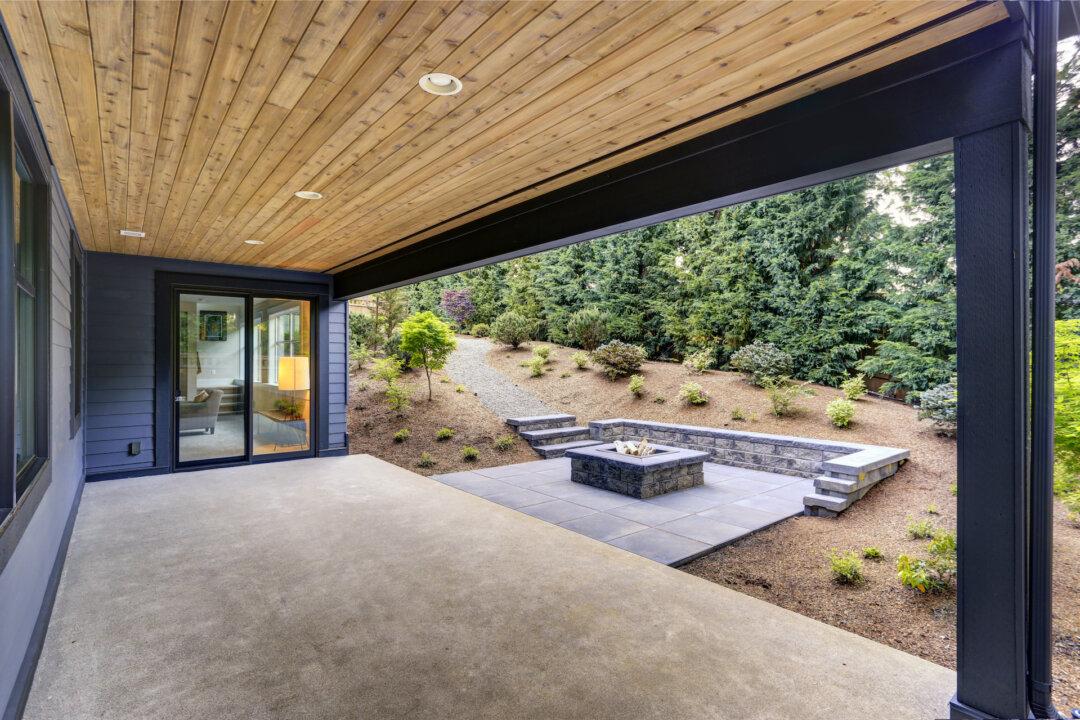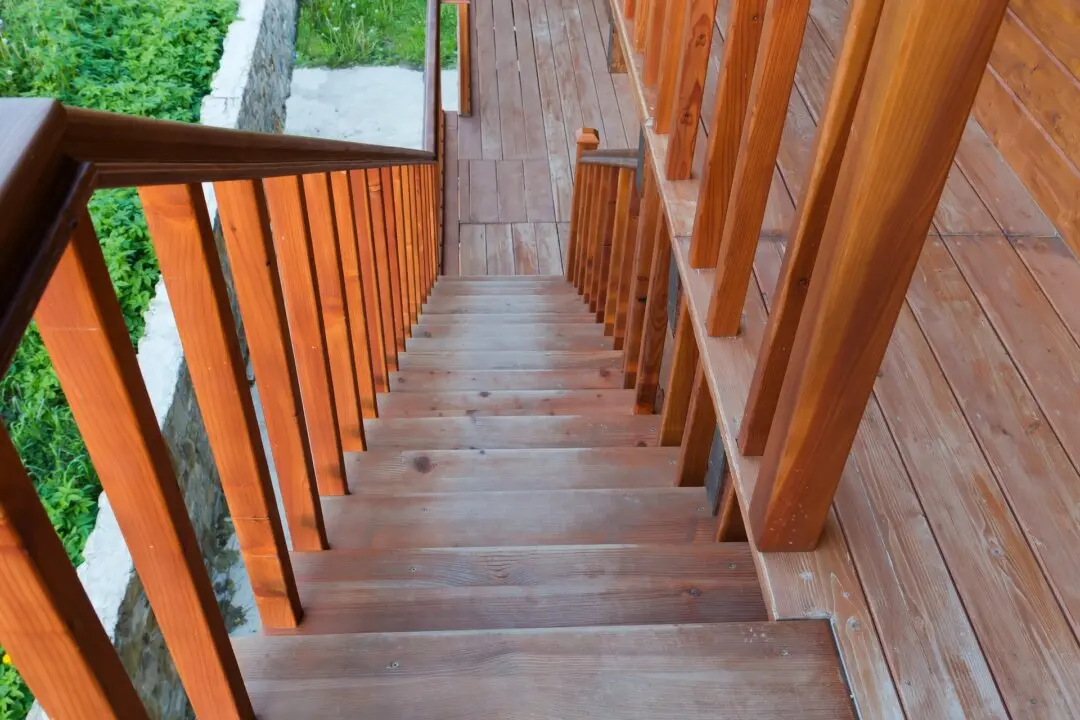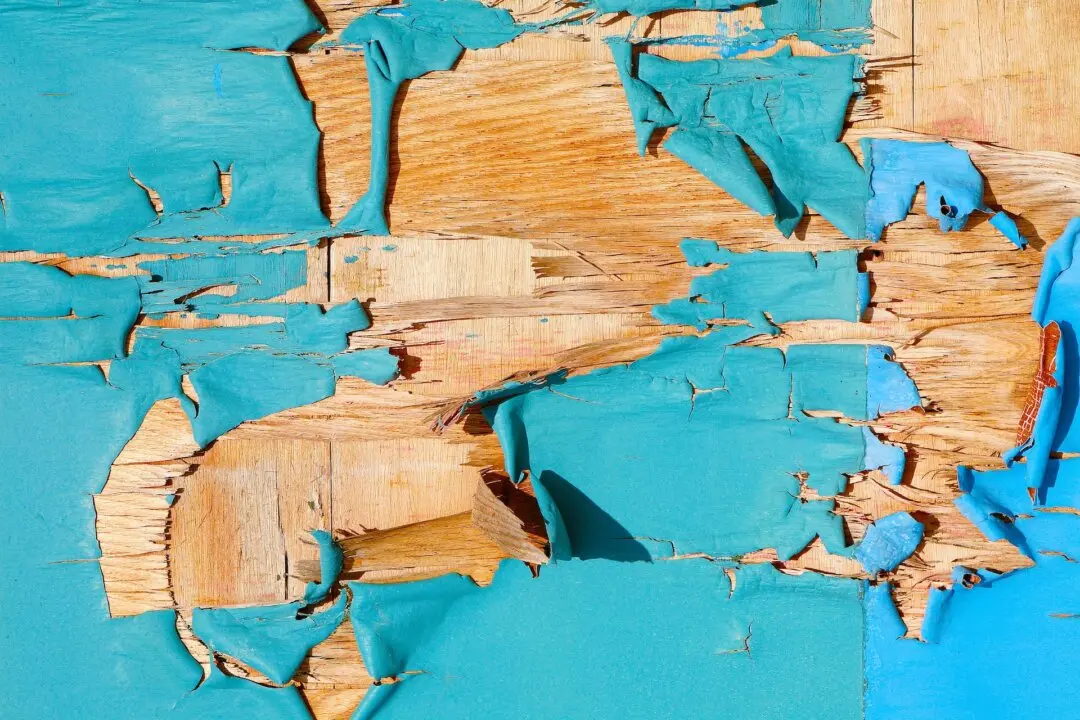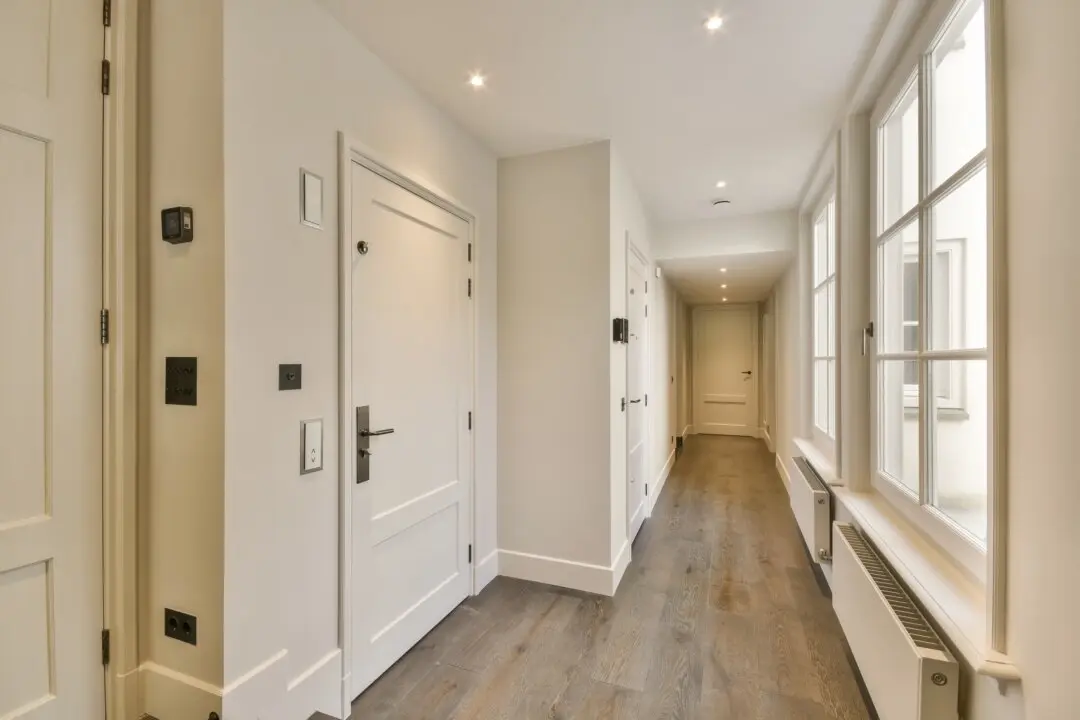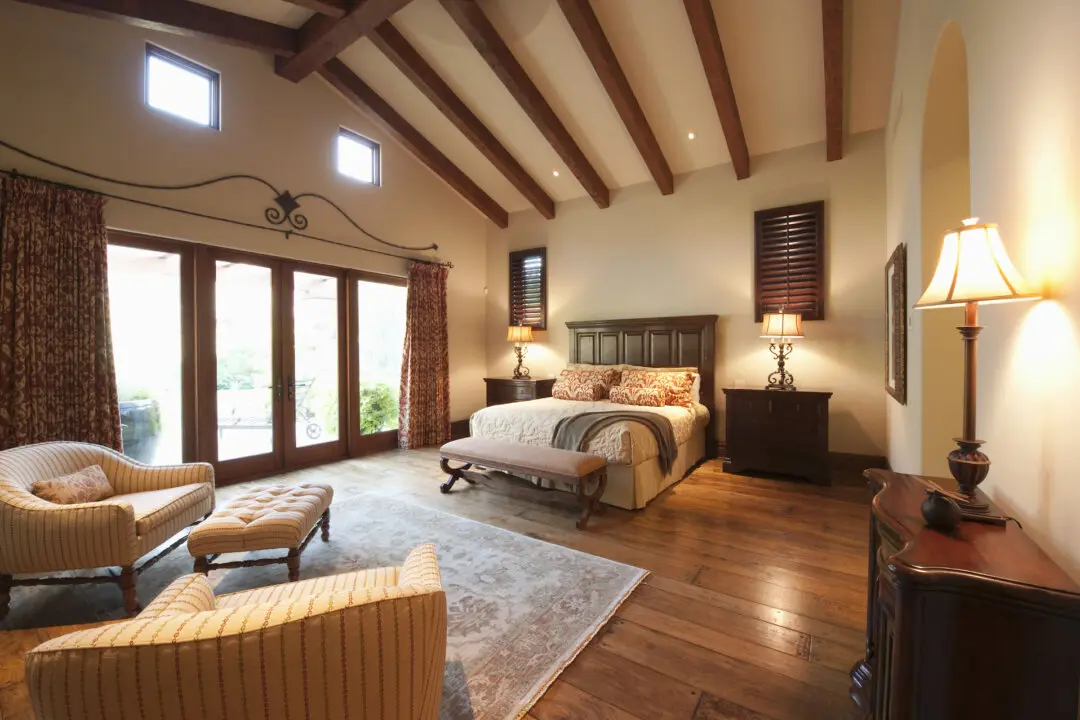Dear James: I would like to add some unique ceiling during our dining room remodel project. Is beadboard or plank paneling an option I can install myself?—Dave B.
Dear Dave: People often think of walls and flooring when planning the room decor, but the ceiling covers just as much area as the floor, and the view of it is totally unobstructed. The choice of ceiling material and colors can also affect how bright and large the room appears.

